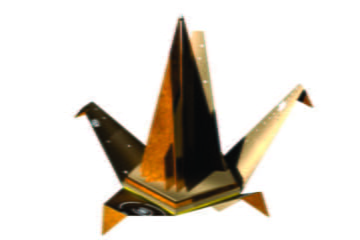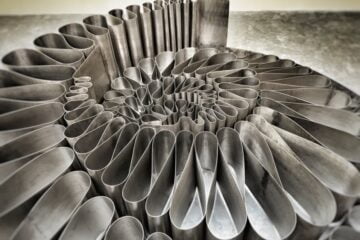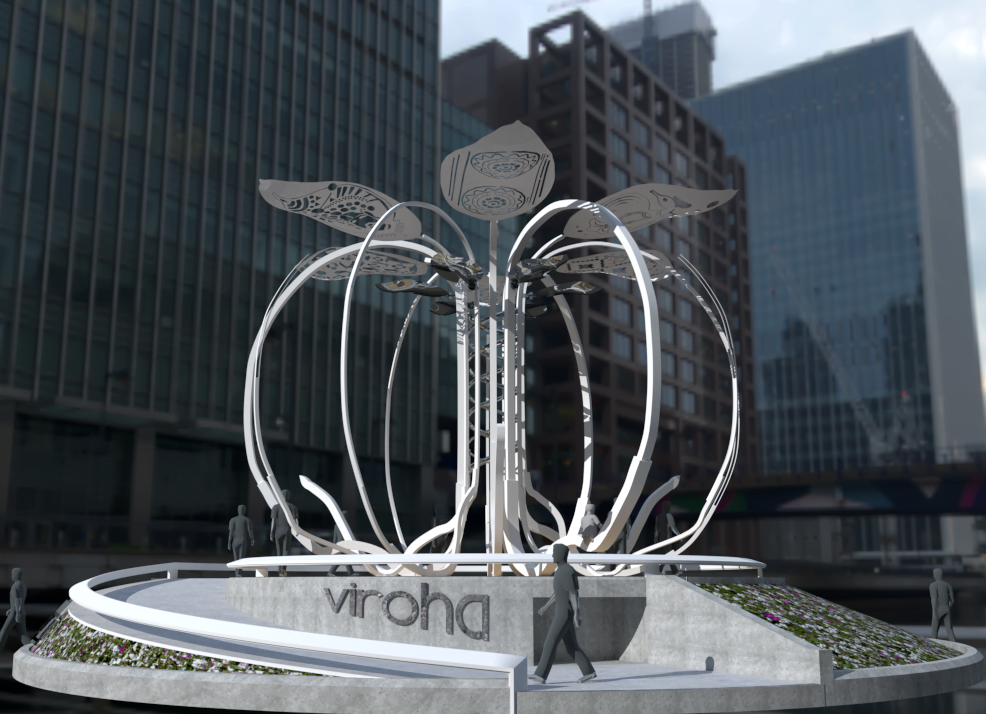
Viroha (in Sanskrit, a place of growth) reveals the story of our country’s journey. Founded on our interpretation of the Indian banyan tree, Viroha, reveals the deep connection with our culture, knowledge, spirituality, history ‘is’ the very platform that catapults us forward. This diversity allows for real experiences and true growth.
Isolated trees have far shorter lives, it takes a forest – the collective effort of all beings to create a thriving ecosystem. From a fig wasp to a banyan tree, innumerable beings come together to create a holistic environment for individual and collective growth. Likewise, as a society, we need to share, protect and raise each other for a sustainable future. Viroha emulates this symbiosis.
Viroha, at 9.5m tall, creates shadows that portray the epochs of India’s lustrous past and present. We believe that this iconic sculpture will allow for a telling experience and awareness – to pause, wonder and stay inspired. Our notion of future India encourages novel experiences and undying passions that are built on the foundations of our profound past.
“When a flower doesn’t bloom, you fix the environment in which it grows…not the flower” – Alexander Den Heijer
As creators, we wish to share the spirit of our country’s glorious past, a thriving present and an ambitious future through our sculpture, Viroha. Visitors will be able to experience the nuances of the past; stay curious of the present and envision the future of people and their nation.
This sculpture is a design entry for ‘Notions of India’ an international design competition, by Tata Steel.
A collaborative effort by Ar. Bharath Jadav and Sculptor Neha Mehta.
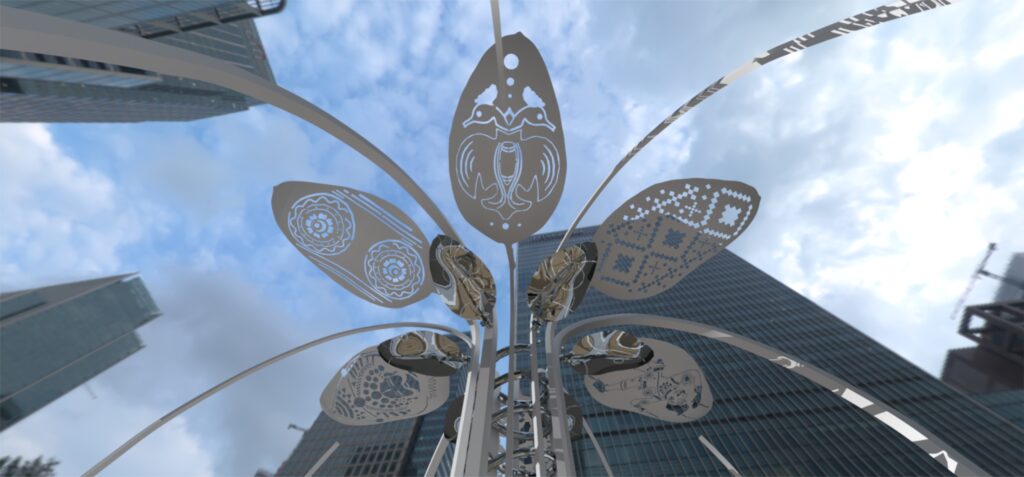
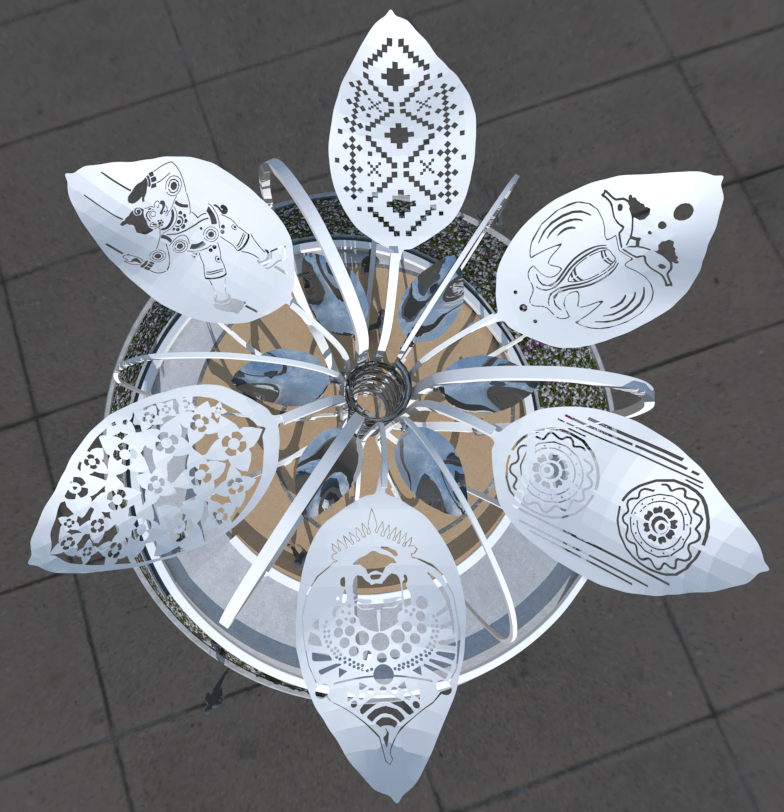
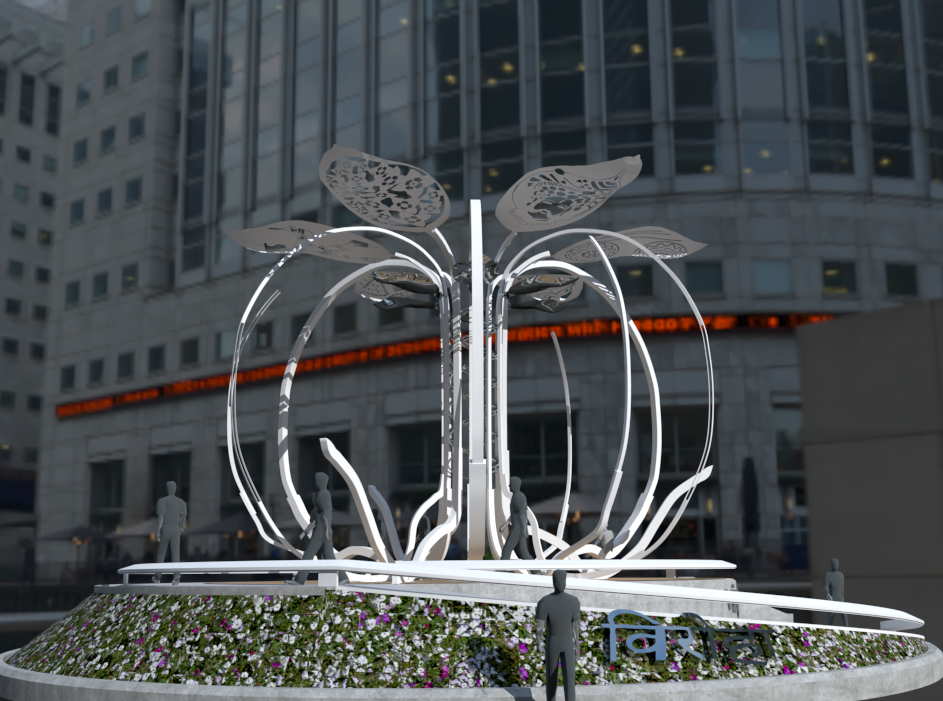
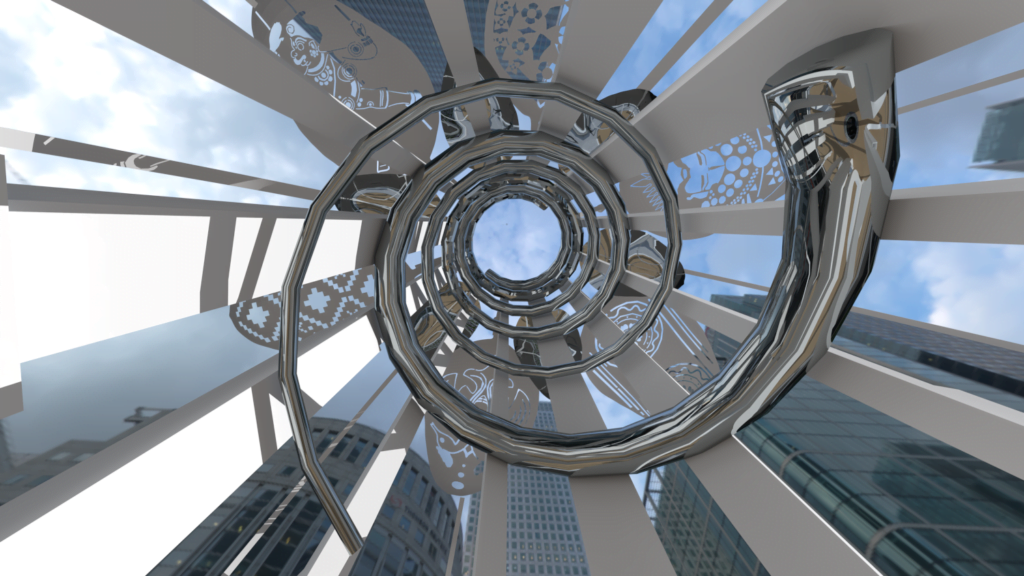
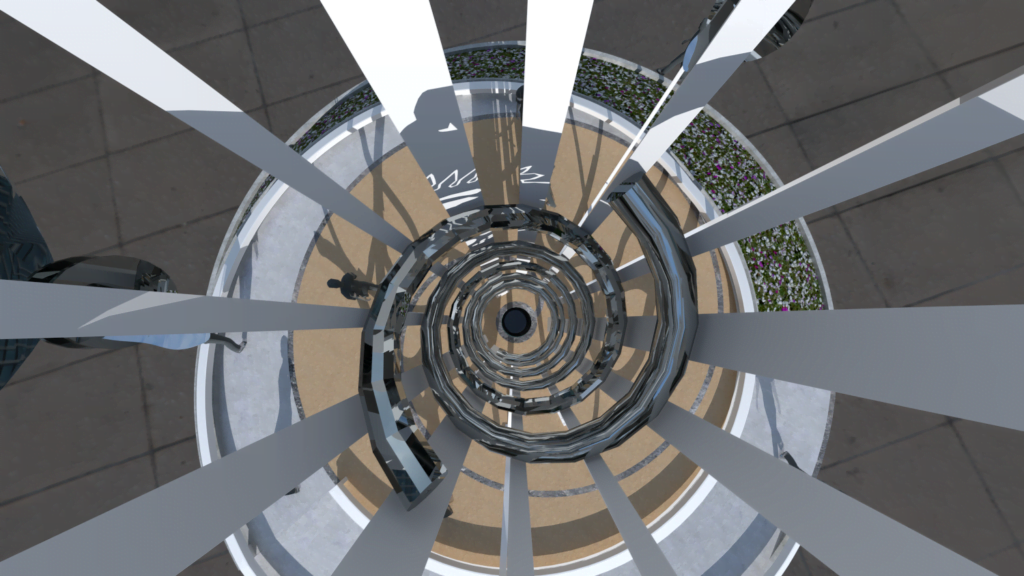
Notions of India: Viroha – A source
Concept
Viroha – a Sanskrit word for place of growth; a source. Viroha is our idea of the future. India is abundant with talent, ideas, passion and in need of a conducive environment for growth. Viroha will inspire people to work together with nature, experience each moment mindfully which portrays true coexistence. We hope every person that interacts with this sculpture experiences something new each time, as it did for us during the process of design. Through energy, through memories, through reflection.
Viroha brought an architect and a sculptor to conceptualize, visualize and dream together. This feat was possible by combining the best of our knowledge and skills. The banyan tree weathers decades of environmental effects; it is empowering that nature teaches by example, inspires and enlightens with every phenomenon.
Design Response
An ideal location for Viroha is a public space, where large cross-sections of the society come together – like public grounds, parks, riversides, lakefront. Sankey tank, Bengaluru; Azad Maidan, Mumbai; Sabarmati riverfront, Ahmedabad are a few suggestions. We want people to spend time, meander, dream and engage with this iconic structure.
Form
The form of this sculpture is globally recognized and transcends language and cultural barriers. The banyan tree is uniquely symbiotic and early records date as early as 60 million years. Life has always thrived around it with diverse tribes, travelers, saints and locals. It has been the focal point of our culture and folklore; absorbed by our communities; mythology; religion used for medicine and food. Viroha aims to deliver similar magnificence and much like the banyan tree, will draw people, stories, experiences to the focal space.
Banyan Tree
The banyan tree is home to innumerable animals, birds, insects and microorganisms. Each one plays a crucial role in this mutually benefiting system. The tree nurtures its young, passes information as it grows as an independent entity yet remains connected through its roots.
In India, this tree is sacred and deemed as a bearer of knowledge. Many of us have memories of sitting under its shade with family, listening to stories from grandparents, circumambulating to imbibe its wisdom and energy.
Torus – body
Our drawing naturally leaned towards the torus form and minimalistic geometry. Curves of the tree trunk, aerial and solid root forms were simplified into sets of four, three in each; depicting various levels of growth and interaction. Different sizes of steel tubes, connecting junctions portray holistic growth, exclusive growth, overlapping growth, and growth within.
Base
This exercise of drawings led us to a familiar formation of the Ashoka Chakra – a symbol of secular India; a wheel of time. Amalgamating the chakra with an archimedean spiral a structure with no beginning and no end; like breath – Prana was realized.
The anatomy of energy is interpreted through breath. A clockwise turning abstract ring at the bottom and an anticlockwise turning ring at the top opens up the portal of energy through friction which is invisible to the eye. It moves parts in nature of all living beings and makes inanimate objects retain themselves.
The center point draws natural light to the underground section – light travels from the head to the insides of sculpture – as energy; as breath.
Through energy, the universe creates consciousness.
DNA – Heart
The central DNA in the inner sanctum of the sculpture reminds us to seek within. The helix doubles up as the support for the entire sculpture, its depiction is not just metaphorical but literal too.
Leaves – Exquisites
The elliptical leaves represent the venation of the place is housed in and can be customized to echo the stories of its geographical location. Viroha here showcases the rich contextual heritage, culture, mythology, textiles, and theatre etc to cherish and be inspired from. For instance for Karnataka- The Yakshagana, leather puppetry, sandalwood, Gandaberunda, kasuti embroidery, and the chariot of Hampi.
Two circles of leaves, the bigger leaves are spread out, stable, anchoring in the treasures we hold. The smaller leaves are kinetic (wind energy), provide shade, and reflect the surroundings.
Viroha – a self-sufficient design
Viroha incorporates solar panels and rainwater harvesting for its functioning.

